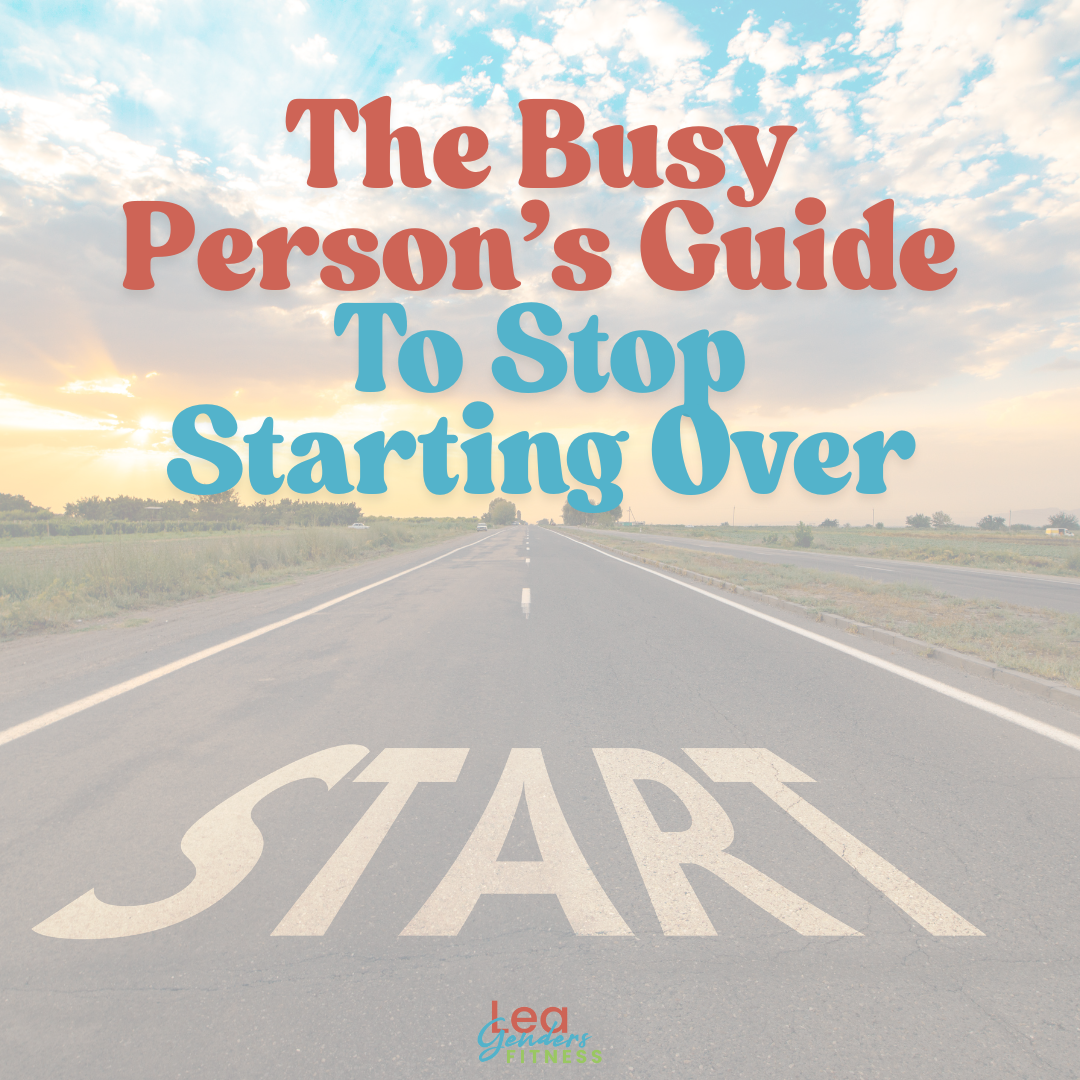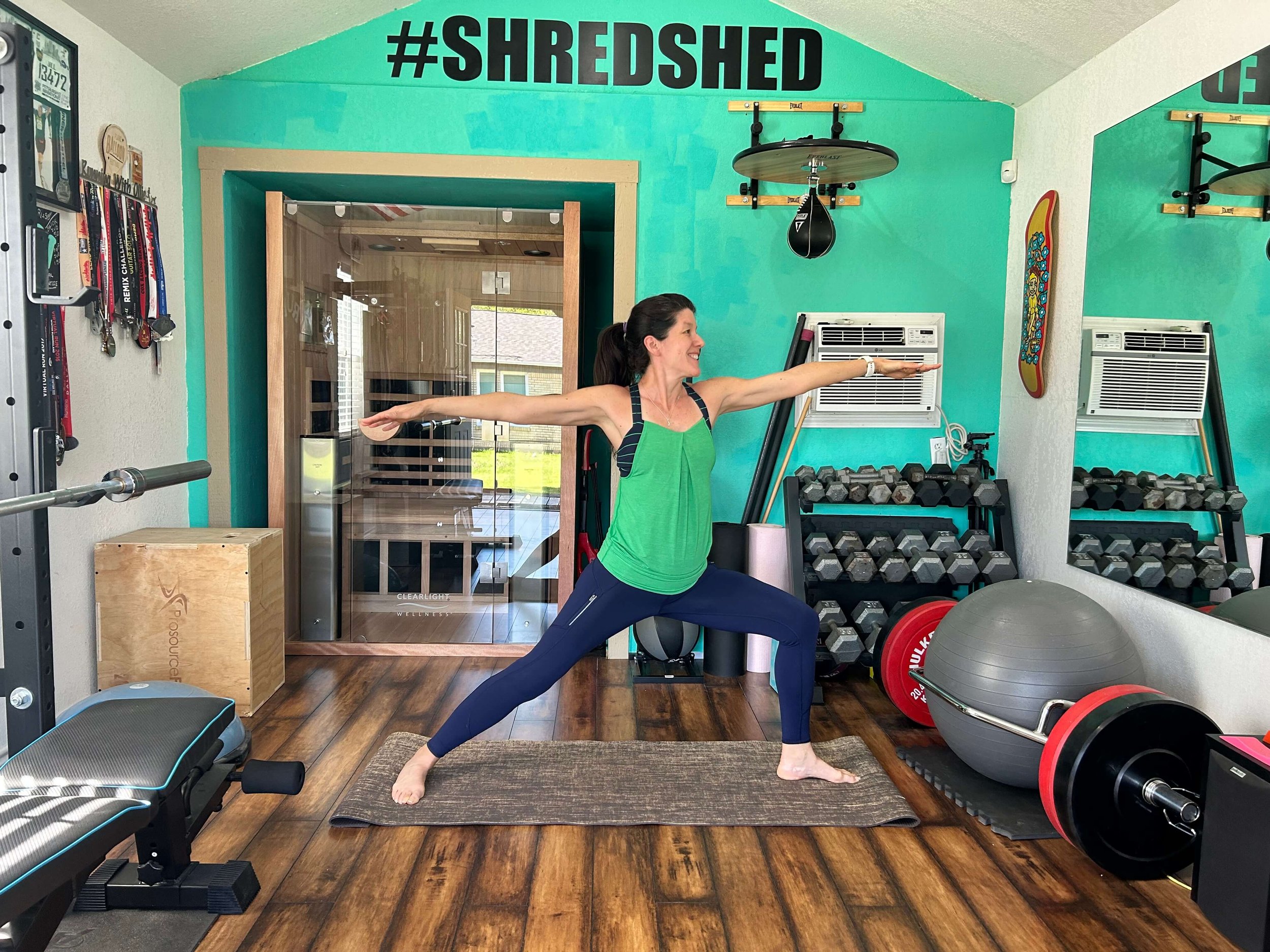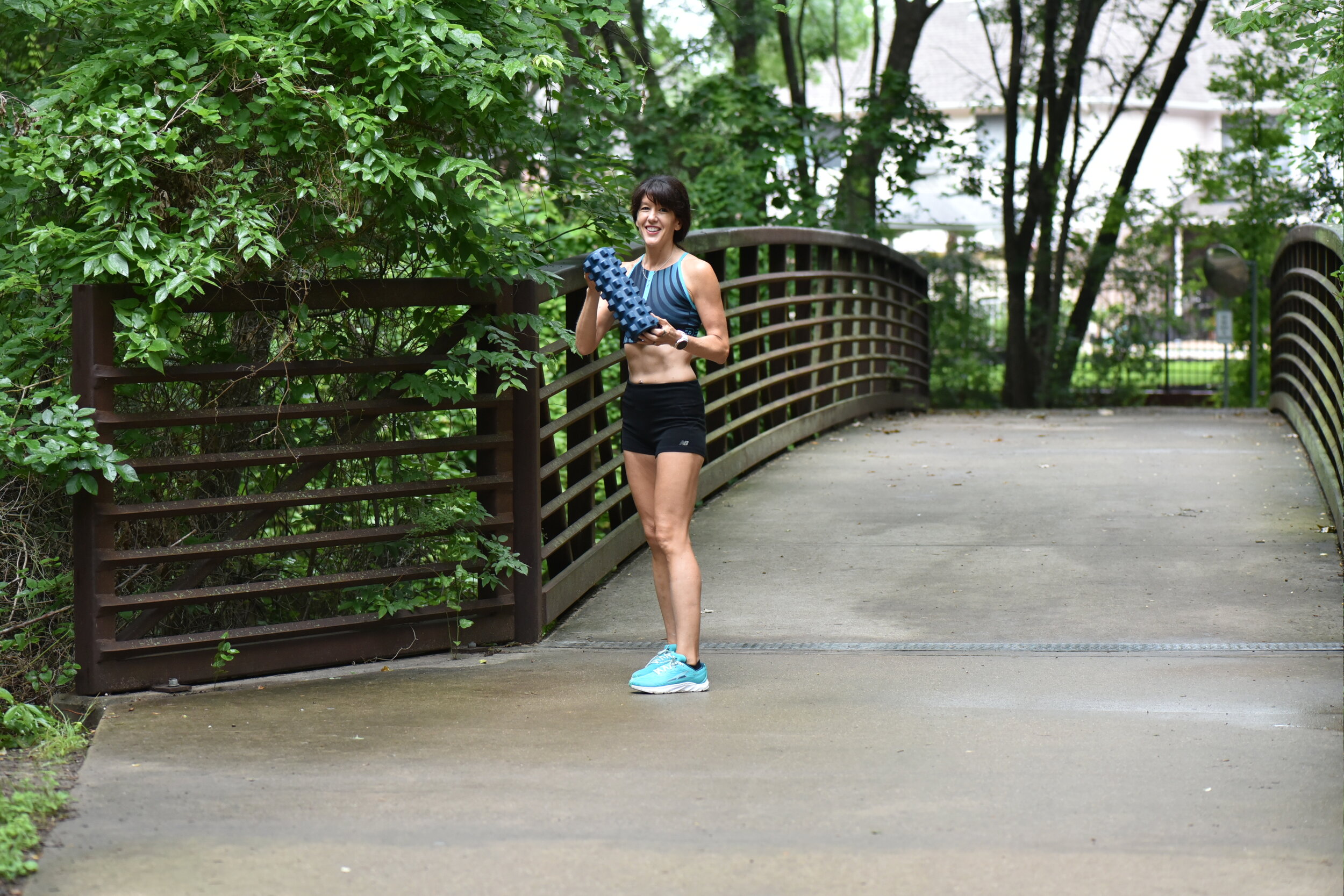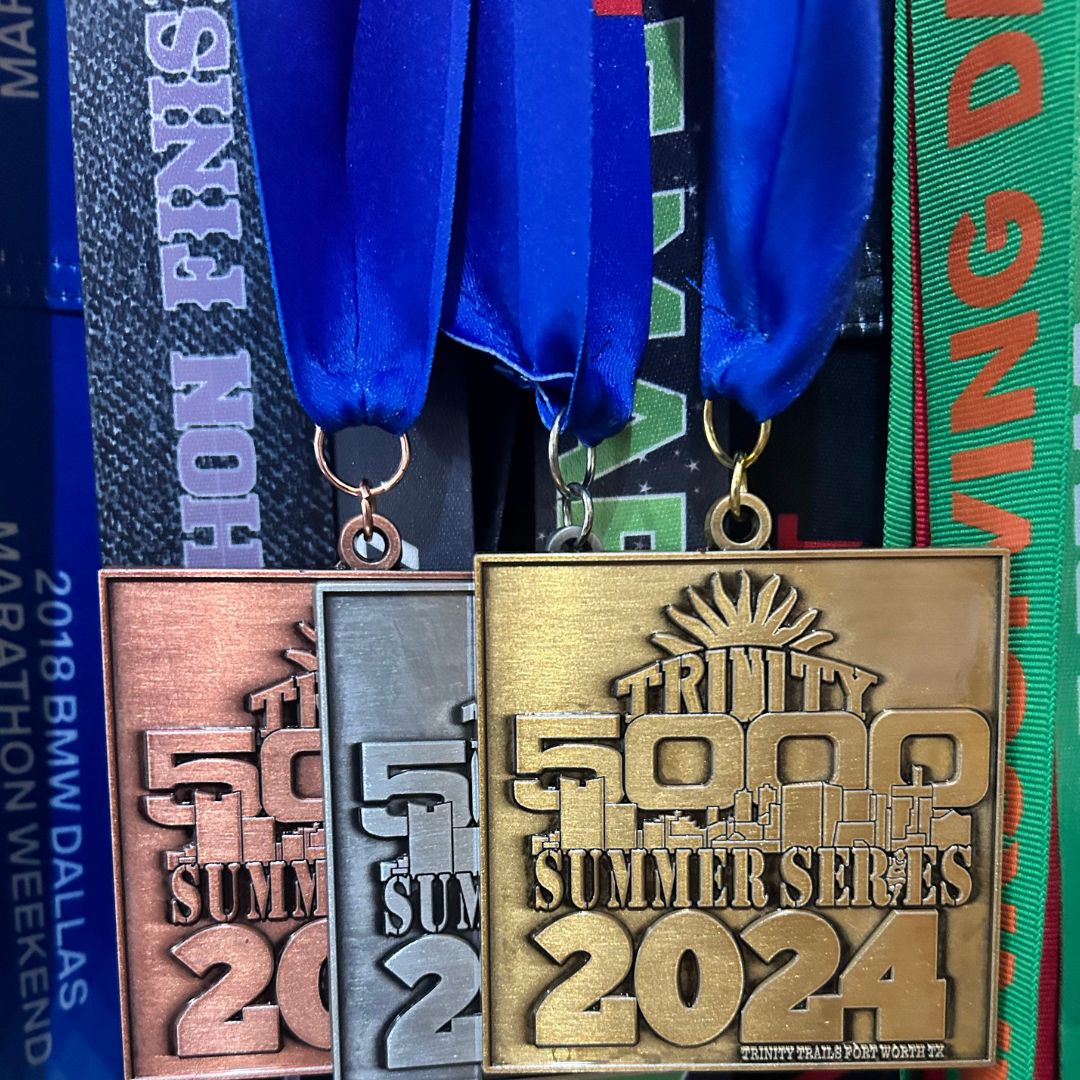It's another week of Running A-Z, where I cover a running-related topic following the order of the alphabet. This week is the letter I. We will be talking about exercises for injury prevention. If you missed any of our past editions, you can catch up with letters A-H in the archives.
If you read this blog on a regular basis you know that I am a huge proponent of strength training for runners. In fact, I run my whole business on the notion that runners who strength train are stronger, faster and less prone to injury. But I get it. Runners generally don't enjoy the strength training aspect as much as they love to run. The good news is that you don't need to spend hours in the gym for basic injury prevention exercises. Runners generally need to work on strengthening their hips and abs. I challenge you as a runner to find 15 minutes three times a week to perform these exercises. Our goal is to strengthen those hip muscles to avoid injury.
You'll want to progress the exercises to make them more difficult over time, either by adding an extra set, a few reps, or adding resistance. Begin with two sets of ten reps for each exercise. After a week add an extra set. Once you are doing three sets, start adding additional reps each week until you're at three sets and 20 reps. Then make the exercises more challenging or add resistance. By continually progressing the exercises you will avoid adaptation and will get stronger over time.
CLAMSHELLS
Lie on your side with your knees slightly bent with your legs and ankles together. You can prop yourself up on your forearm during the exercise. Open and close your knees like a clam by lifting your top knee up. Repeat on the opposite side.
Progress the exercise by adding a resistance band to your thighs.
BIRD DOG
On all fours with your wrists directly underneath your shoulders lift one arm off the floor to shoulder height while lifting the opposite leg in line with the hip. Switch arms/legs after 30 seconds. Squeeze your abs and glutes during the move while breathing normally.
Progress the exercise by extending the time in position.
HIP ABDUCTION
Lie on your side with your legs stacked on top of one another. Lift your top leg to about 45 degrees before lowering. Switch sides and repeat.
Progress the hip abduction when you're ready by advancing to the side plank hip abduction.
With a straight arm lift yourself up into a side plank position. Your shoulders should be directly over your wrists. Stack your feet and don't allow your hips to drop. Lift your top leg. Switch sides and repeat.
GLUTE BRIDGE
Lie on your back with your knees bent and lift your hips off the floor while engaging your glutes and abs. Your body should be in a straight line from your knees to your shoulders. Lower your hips to the floor and repeat.
Progress the exercise my lifting one leg, then alternating the leg.
I encourage you to work these four exercises into your weekly routine to build hip strength. It is important to remember that while I am a personal trainer and running coach, I am not your personal trainer and running coach. Please get clearance from a medical professional before beginning any new exercise routine.
Like this post? Please consider sharing.

















































When progress feels slow or uncomfortable, it’s tempting to chase something shiny: a new diet, a new plan, a total overhaul. But what if the problem isn’t your plan? What if it’s just the part where it gets hard? In this post, I’m sharing the simple mindset trick I use to stay focused when distractions pop up, and how the same approach can help you stop starting over in your health and fitness goals.